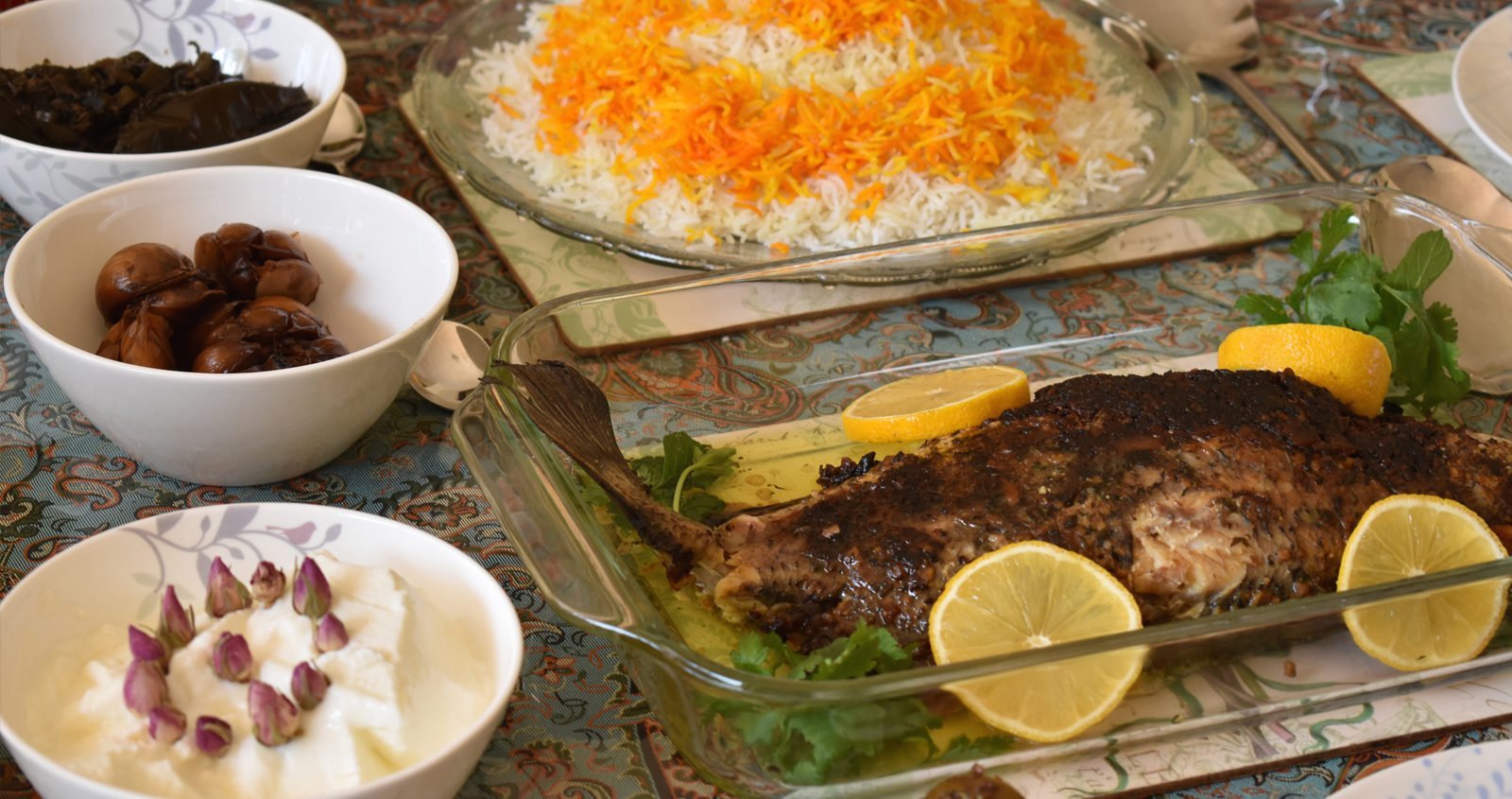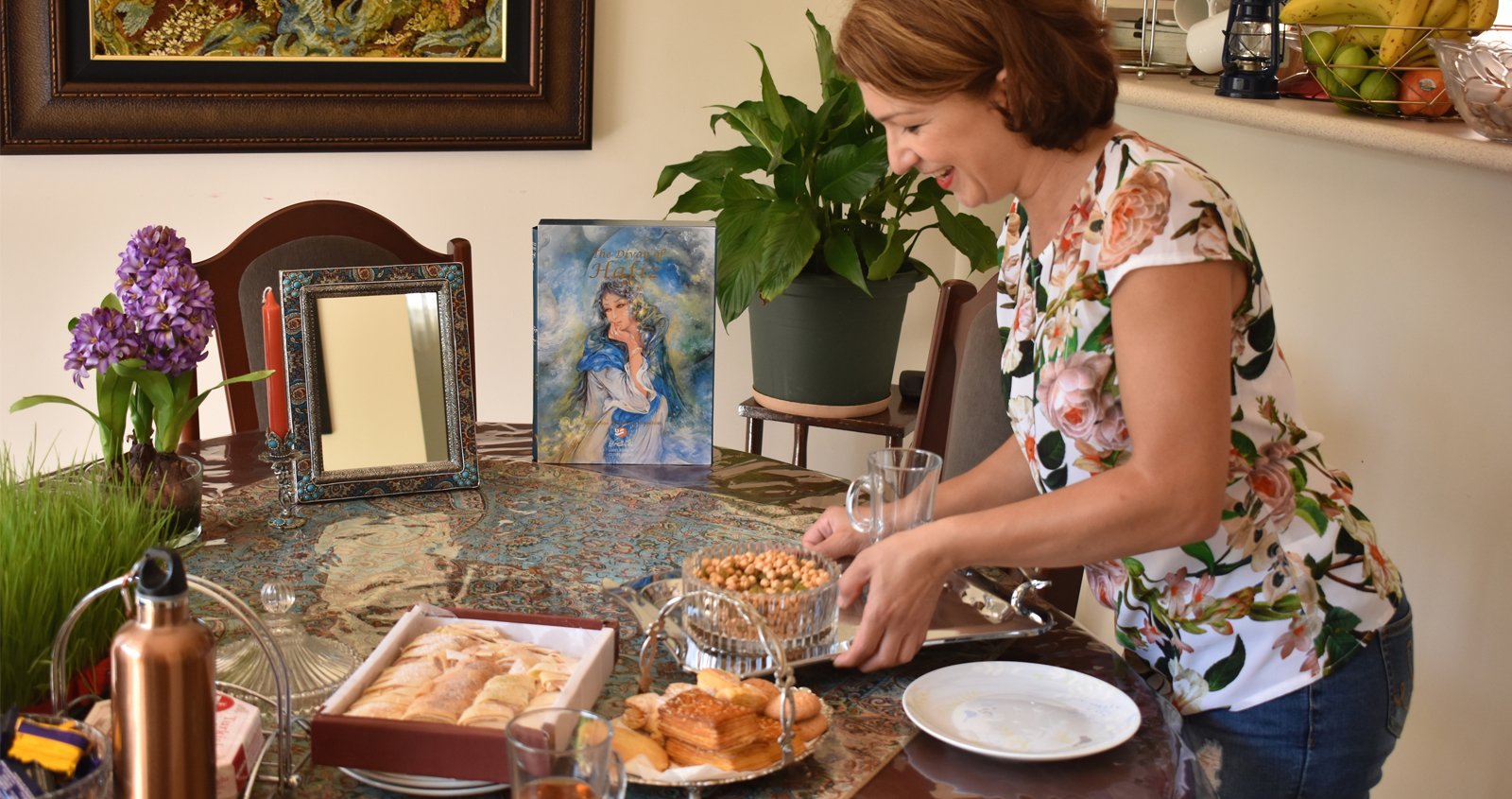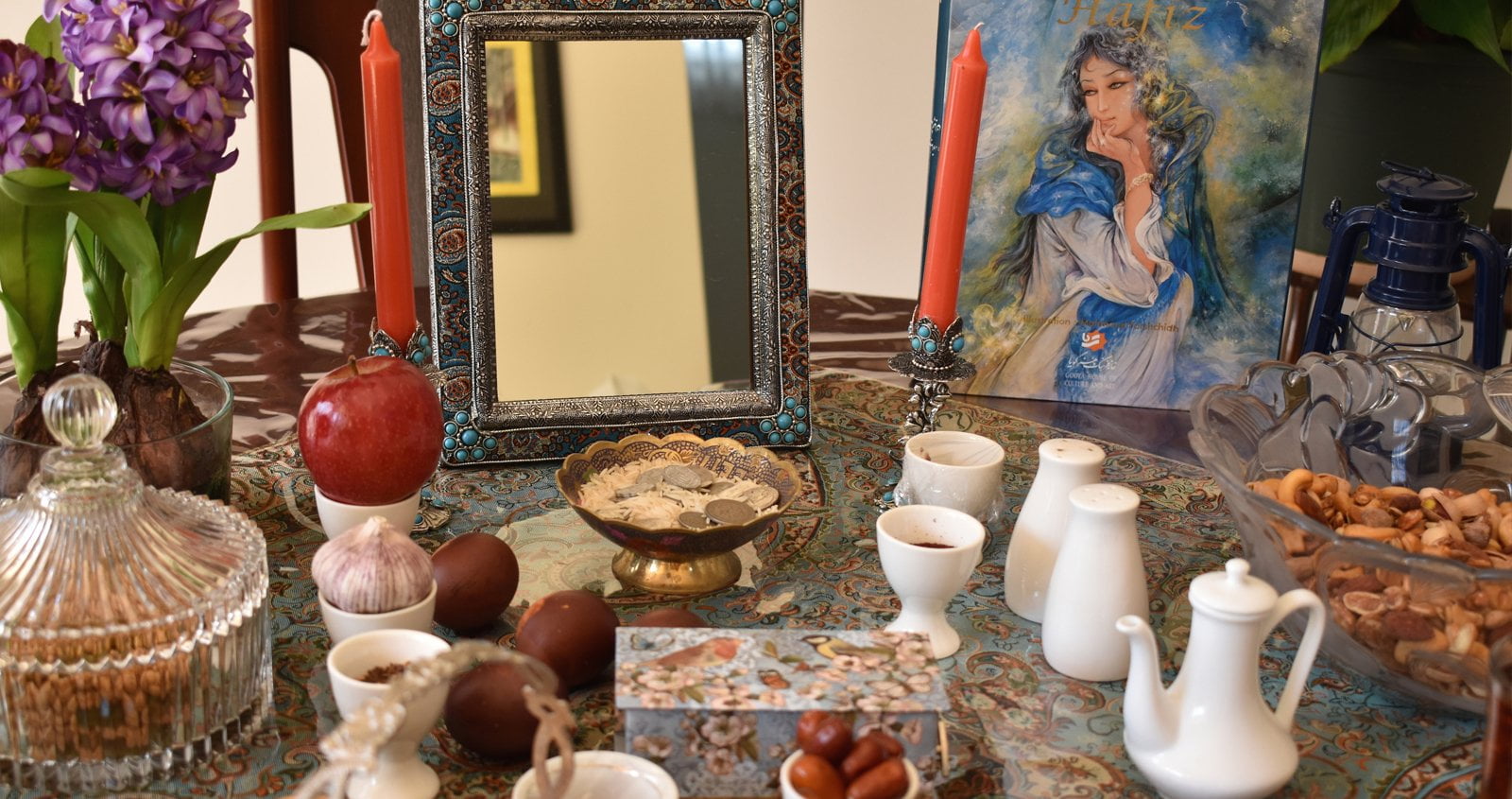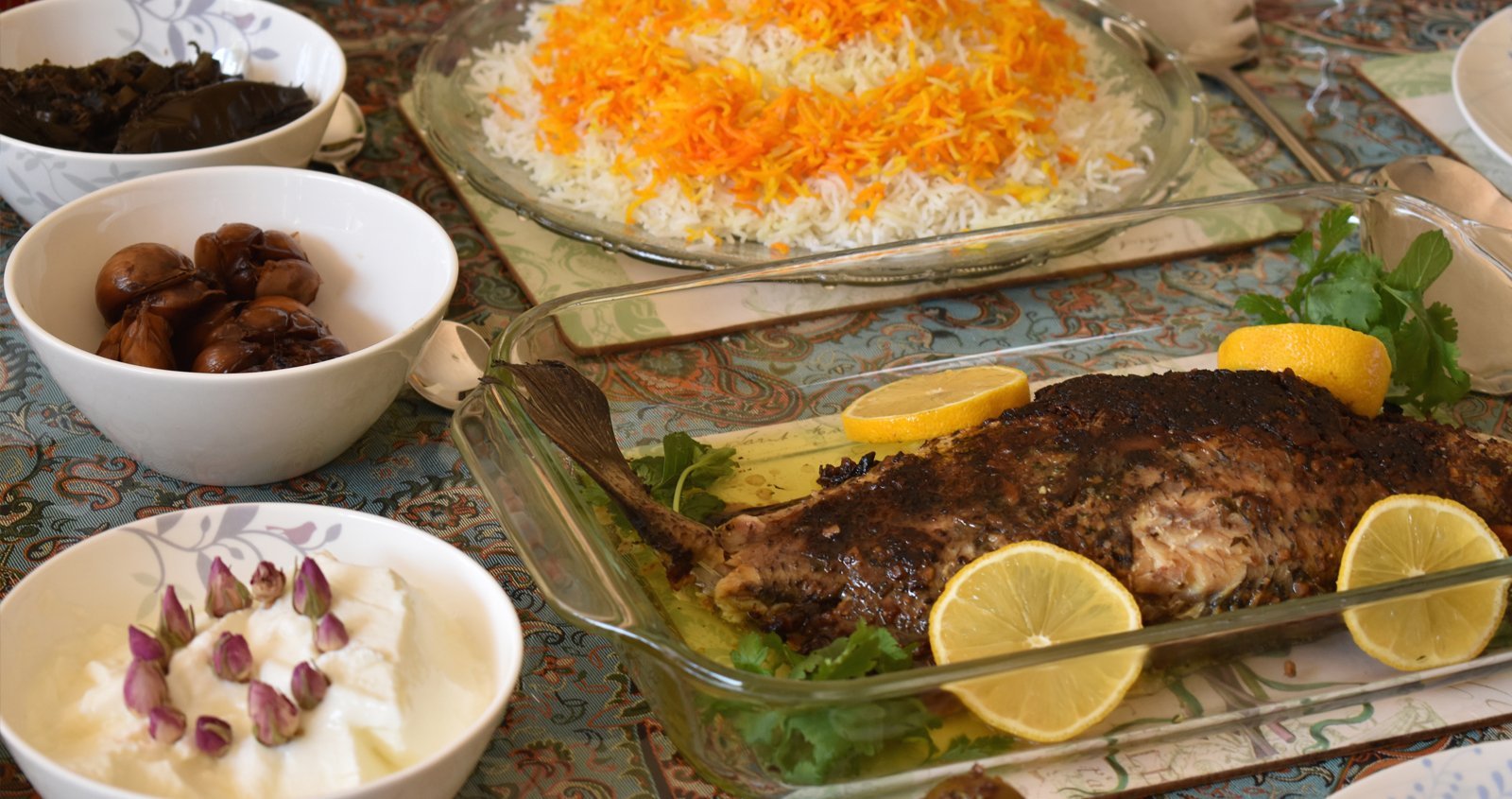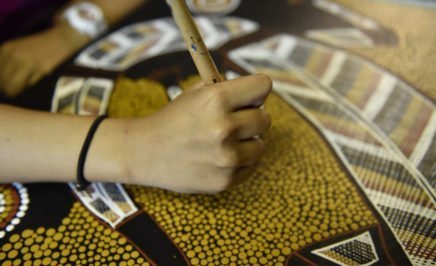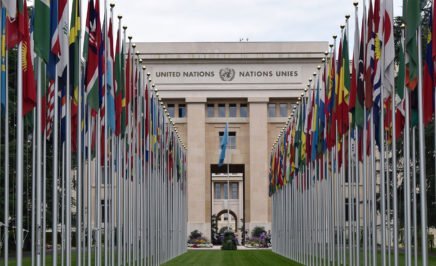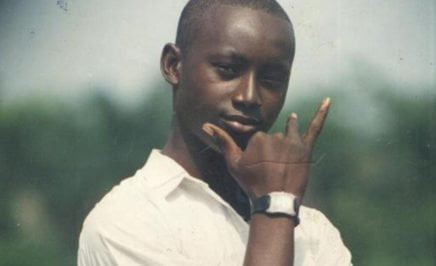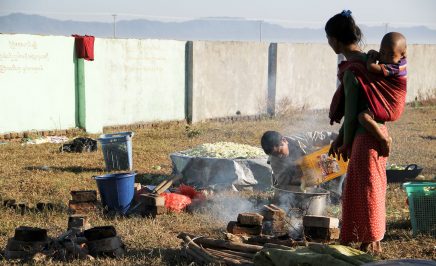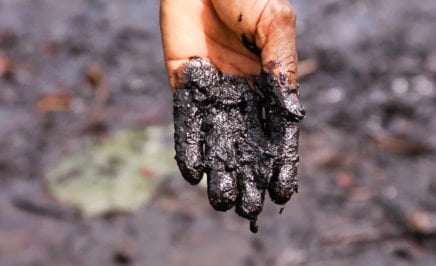“It’s called ‘shaking the house’. In Iran there is a custom that before the New Year people must clean the house upside down. Shake the carpet, clean everything, and paint the wall. Everything is sparkling and polished. Everyone wears their new clothes. Even the poorest people buy something new. People try to help others that are less fortunate than them so they can feel the happiness too”.
In preparation for Persian New Year, Ladan dedicates several days solely to cleansing and reflecting on the year that was, while placing hope in the year ahead. With an emphasis on forgiveness, friendship, love and respect, Nowruz (Persian New Year) is shrouded in symbolism and rituals signifying family values, health, prosperity, nutrition and gratitude. Literally translating as ‘New Day’ in Persian, Nowruz begins when the season changes from Winter to Spring. The moment the earth has completed its one year orbit around the sun, marks the first day of Persian New Year.
Celebrating the beginning of Nowruz is an important event shared with family and friends. A dish is commonly placed outside the front door, containing objects such as rice, money, water, bread and salt. This dish is to be brought in by the first person who enters the house. “In this way, the first person that comes inside brings with them prosperity, health, happiness and love, as well as their personality” explains Ladan. A clock positioned in the middle of the dining table functions as a signifier for the end of Winter and the beginning of Spring. “Everybody is watching the clock for the New Year to start. The clock is also there as a symbol, so next year everyone knows they have to be on time”. A signal sounds, (resembling cannon fire) to mark the New Year, family and friends embrace and kiss each other in a circle. Ladan offers guests rosewater to wash their hands; “when you come to our house for Persian New Year we treat you”.
Ladan’s kitchen table pays tribute to Nowruz for the entire period of the New Year celebrations. A table setting, known as the Haft-Seen is a collection of seven items beginning with the letter S. These seven items symbolise wishes for the year ahead; one that is healthy, happy and prosperous, and remain on the table for the 13 days of Nowruz. “Senjed (Russian olive) and Seer (garlic) have nutritious value and are healthy, Serkeh (vinegar) for health and cleansing, and patience, so you have a nice healthy life and patience. The apple; Sib, is both nutritious and healthy and also represents beauty. Samanoo, a sweet pudding, made from wheat sprouts is pure, but requires patience, so you must have patience in your life, so your New Year is prosperous. Sabzeh, wheat sprouts or lentils are grown to specific height and are a symbol for growth and life. And finally, Sumac, the spice of life, so your life will be full of sourness and sweetness; the spicy life. Sumac makes the food tasty so it makes your life tasty”.
In addition to the seven core objects required for the Haft-Seen, Ladan includes extra items on the table; hard boiled eggs, dyed with red onion skins, to represent fertility. Dry rice, symbolising food. Coins for prosperity and wealth. A book of poetry by the famous Persian poet, Hafiz, is also placed on the table, alongside a mirror, candles, a prayer book, hyacinths and a goldfish. “Everyone sits around the table, waiting for the second that the New Year starts. Candles, so there will always be light and so one is enlightened. The goldfish and the hyacinths signify both life and Spring. People can look in the mirror and see their reflection and reflect on the year that passed and pray for the best for the year ahead”.
Originally born in Tehran, Ladan is greatly influenced by the cuisine of her mother’s birthplace; a village called Arab Khayl in the Mazandaran province in the North of Iran, near the Caspian Sea. “This is something my mother used to cook and offer guests. Mint has a warm temperature and fish has a cold temperature. Persian food is a mixture of texture and the natural effects of the herbs and foods together. It is tasty but is balanced”. Ladan’s Sydney garden of fig and pomegranate trees, fresh herbs and spices, is a testament to both the Mediterranean climate of her ancestry and her appreciation for the final details of creation.
“When you are going for a holiday at least you know for how long. But we came just with our clothes”.
Ladan left Iran in 1996 for neighbouring Pakistan where she applied through the United Nations and the Australian Embassy for refuge. After more than three years of waiting, Ladan was granted the right to live in Australia and arrived on May the 29th 1999. After first settling in Adelaide, Ladan moved to Sydney where she entered TAFE and completed a tertiary preparation course where she received an outstanding award. In 2008 Ladan completed a bachelor degree in Medical Radiation Science, Radiation Therapy at Sydney University. A radiation therapist by profession, Ladan also volunteers as a community child care worker.
With only four days left of Nowruz, Ladan’s kitchen table is still covered with bowls of mixed nuts, chocolates, biscuits and pastries. To mark the end of the Nowruz, the thirteenth day is called Sizdeh Bedar, or Natures Day. Family and friends gather in public places, usually parks, and have a picnic, complete with music and dancing; “there are things that you cannot change with what is happening in the world. But people still want to celebrate and have fun”. Whatever is left on her table, Ladan will take with her to the gathering. Like the orbit of the earth around the sun, the 13 day celebration of Nowruz concludes in full circle. The Sabzeh (wheat sprout or green lentils) from the Haft-Seen is placed in a river or in running water, allowing the sprouts to return to nature and complete the cycle of life.
Recipe: Stuffed Fish with Saffron Rice (Mahii Shekam Pour and Polo Zaferani)
Ingredients:
- 3 Cups of long grain rice (rinsed well with water and a pinch of salt)
- 250g Of mixed herbs (Ladan used lemon balm, spearmint, orange mint or bergamot mint and ginger mint, and coriander)
- 1 Onion, finely chopped.
- 6 Garlic Cloves, finely chopped
- 1/2 Teaspoon turmeric
- 1/2 Teaspoon pepper
- 1 Teaspoons salt
- 3-4 Tablespoons pomegranate molasses
- 100g Finely chopped walnuts
- Olive oil
- 1 Whole fish (either whiting, barramundi or trout). De scaled, and ears removed with an incision through the belly for stuffing. Rub with salt
Method:
- Preheat the oven to 160c
- Coat a large fry pan with a thin layer of oil and lightly fry the onion and garlic
- Add herbs, turmeric, pepper, salt, for 3 to 5 minute until it softens.
- Introduce the pomegranate molasses and walnuts. Heat on the stove until all moisture disappears and the mixture becomes a thick paste.
- Allow to cool for 5-10 minutes.
- Fill the fish with the stuffing and fry lightly on each side
- Wrap in grease-proof paper, then foil, and bake for 20-25 minutes in the oven.
- Allow to stand for 10 minutes in the foil before serving.
- Serve with Saffron rice
Story and photos by Community Kouzina, in collaboration with the New Beginnings Festival for Refugee Week 2017, a series of creative events showcasing the artistic talents and cultural heritage of people from refugee background. Hosted by 107 in Redfern between 21 June and 2 July, the New Beginnings Festival is an initiative of Settlement Services International and is part of the broader New Beginnings: Refugee Arts & Culture Festival 2017.
